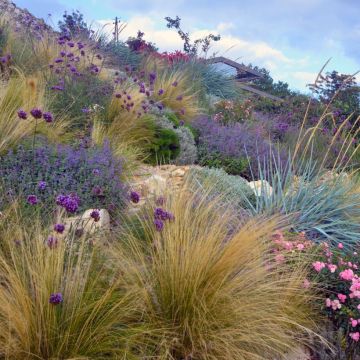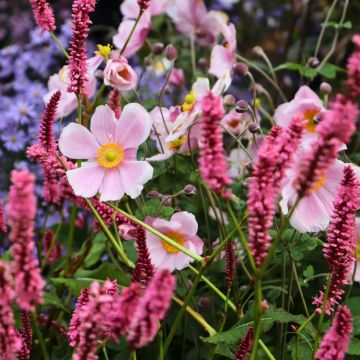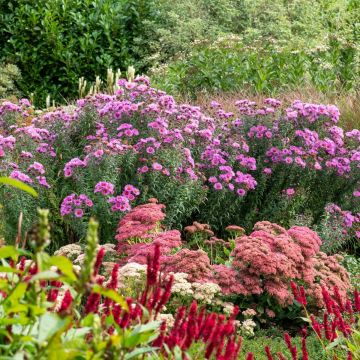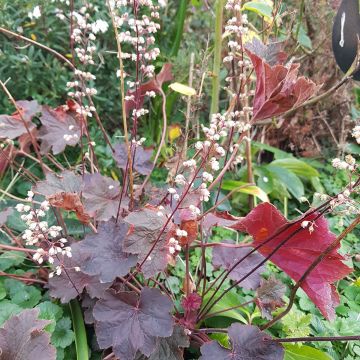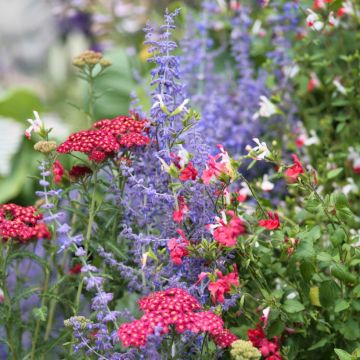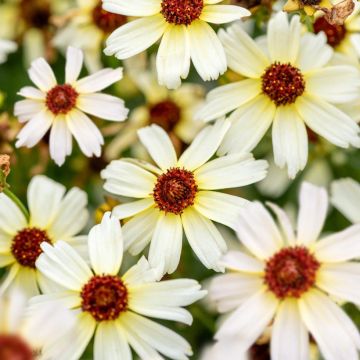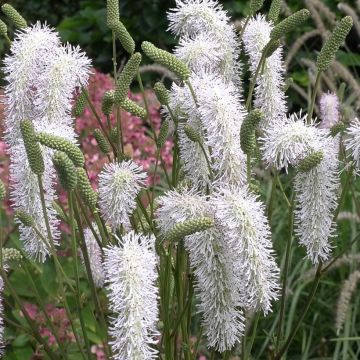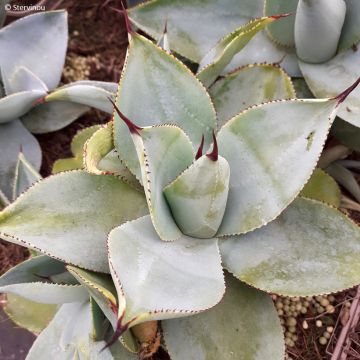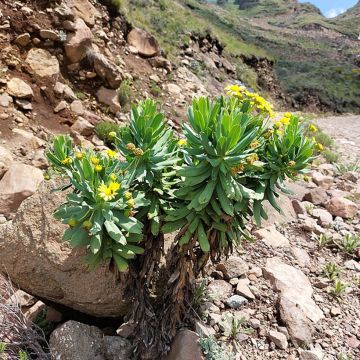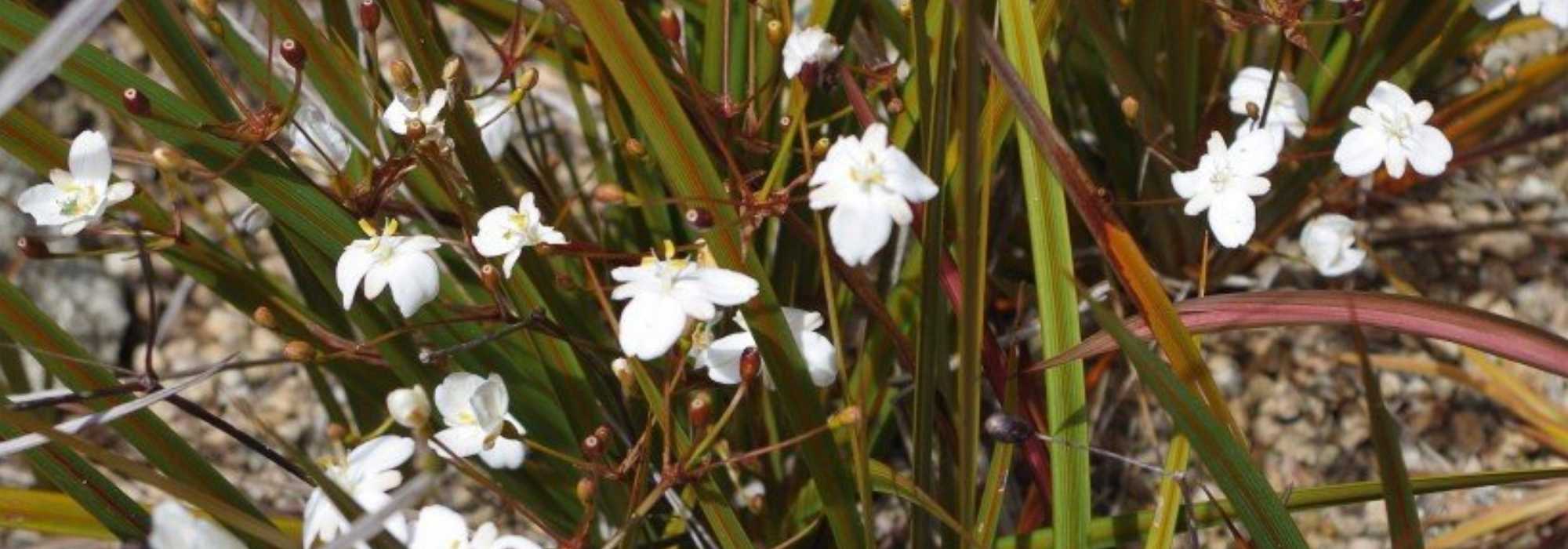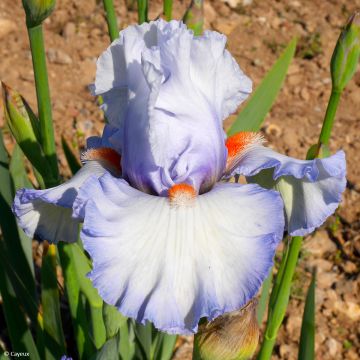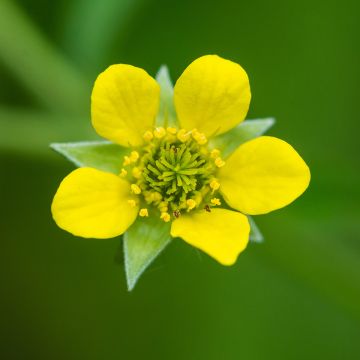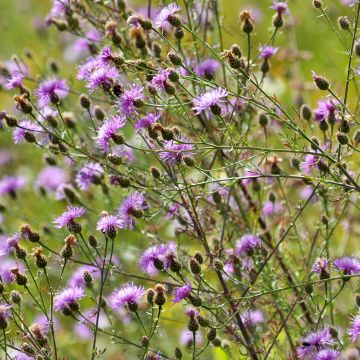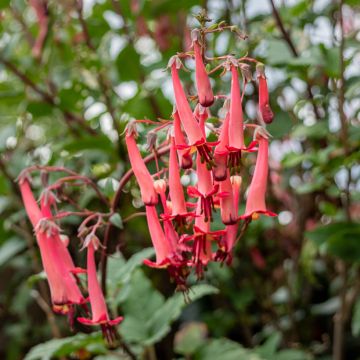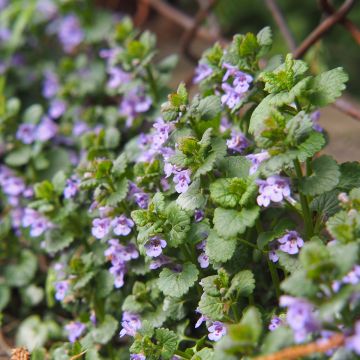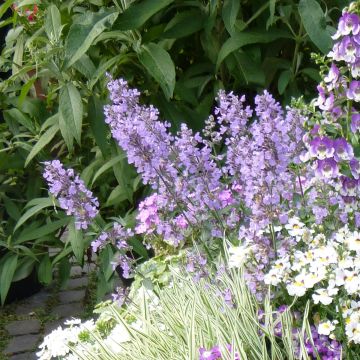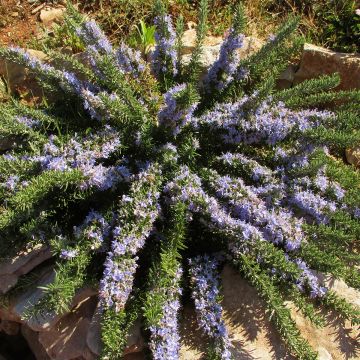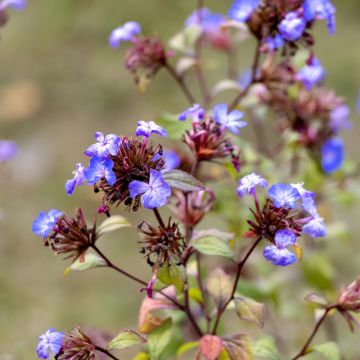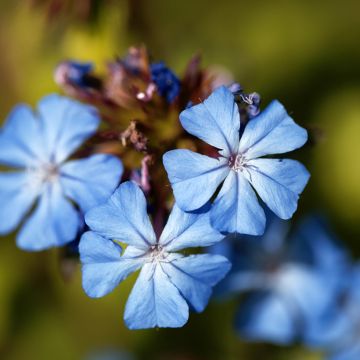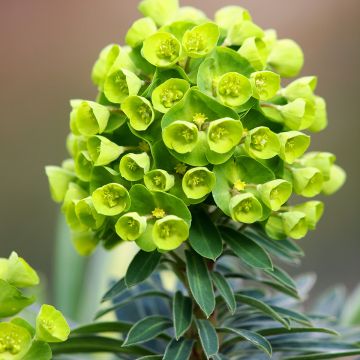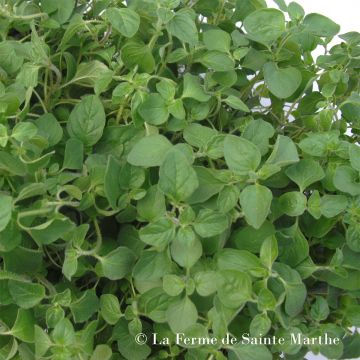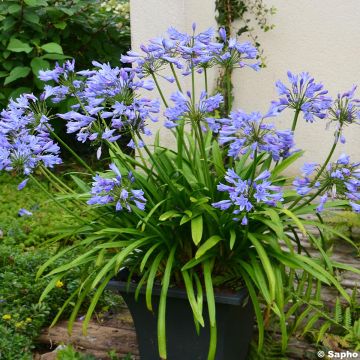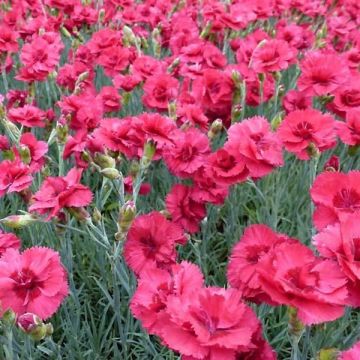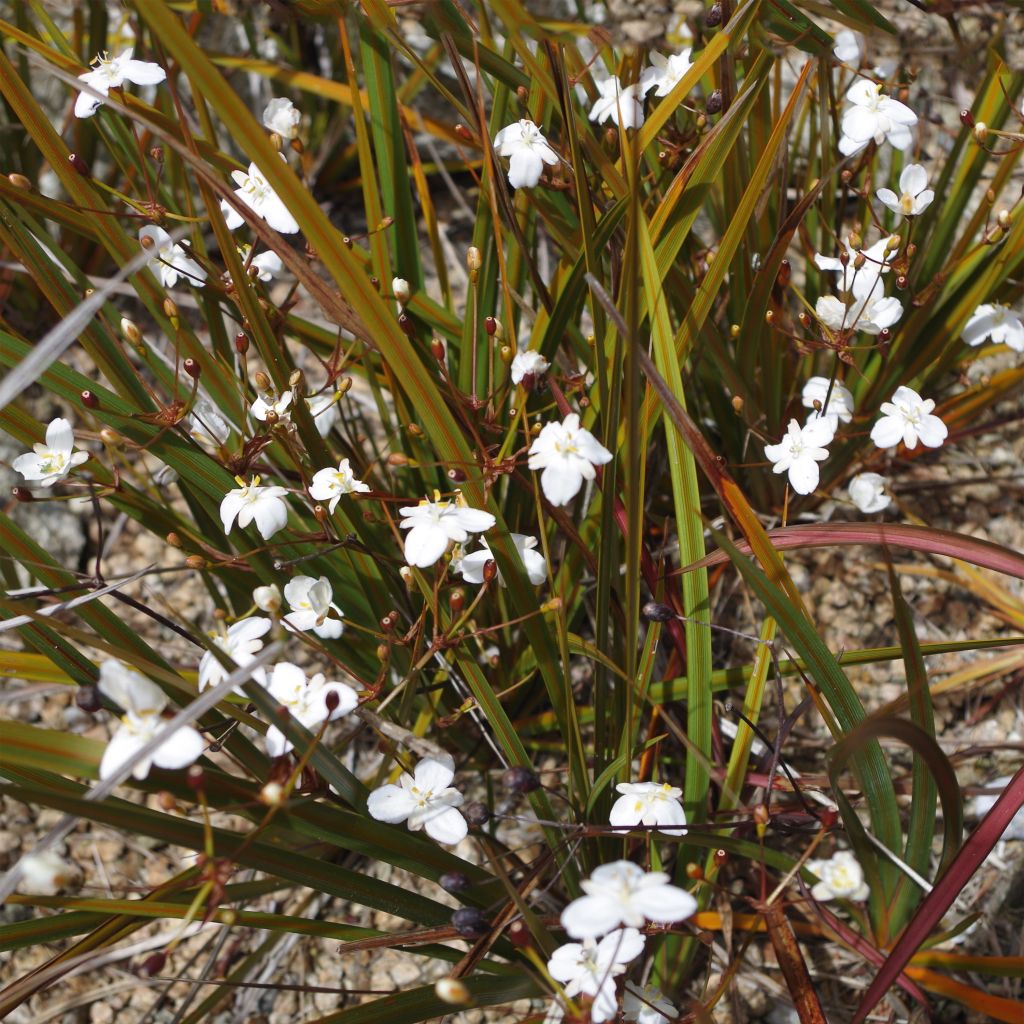

Libertia peregrinans
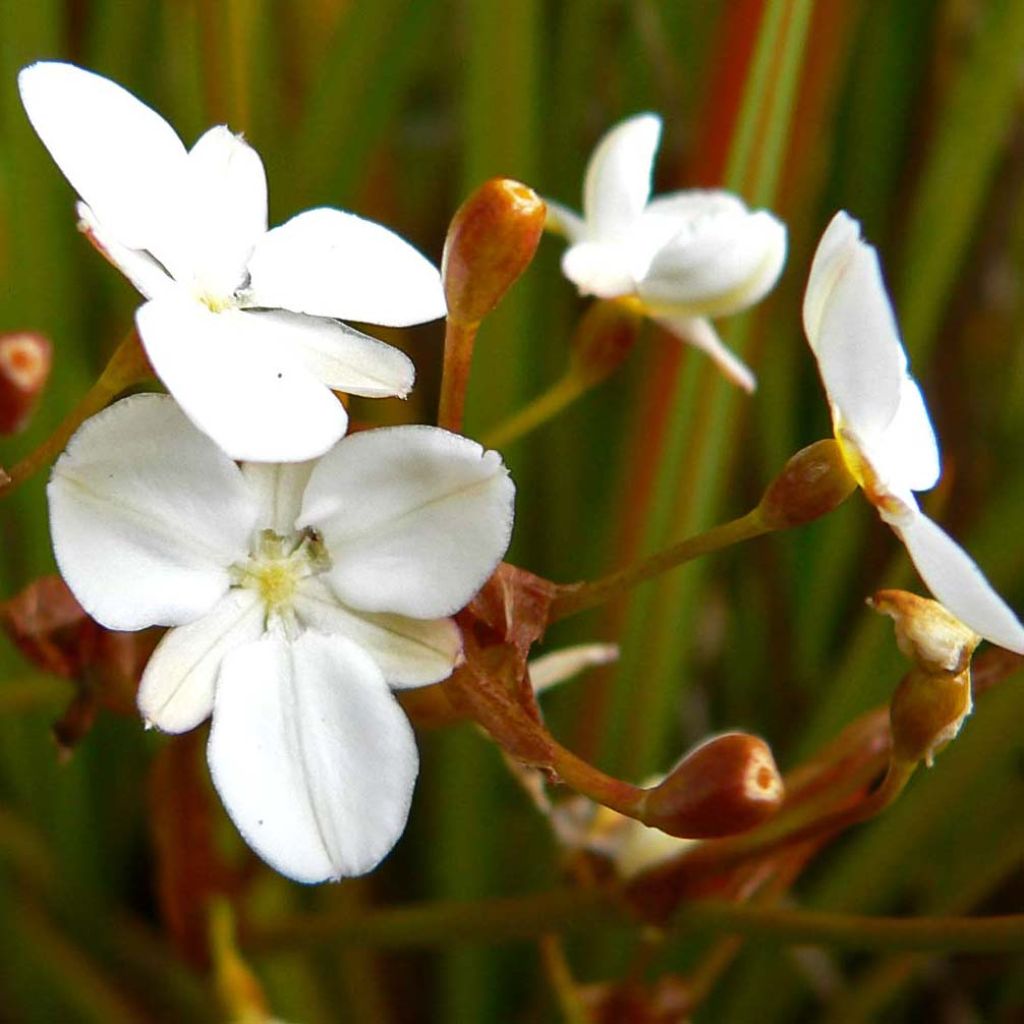

Libertia peregrinans
Libertia peregrinans
Libertia peregrinans
Wandering Chilean Iris
This was a beautiful discovery. But before knowing it, it was cluttering my garden with its wild proliferation without flowers. Then a magnificent little flower resembling the orchid pots appeared. Just as I was about to pull everything out. Since then, I have successfully transplanted it in pots and also in the ground.
Claire , 30/06/2022
Special offer!
Receive a €20 voucher for any order over €90 (excluding delivery costs, credit notes, and plastic-free options)!
1- Add your favorite plants to your cart.
2- Once you have reached €90, confirm your order (you can even choose the delivery date!).
3- As soon as your order is shipped, you will receive an email containing your voucher code, valid for 3 months (90 days).
Your voucher is unique and can only be used once, for any order with a minimum value of €20, excluding delivery costs.
Can be combined with other current offers, non-divisible and non-refundable.
Why not try an alternative variety in stock?
View all →This plant carries a 12 months recovery warranty
More information
We guarantee the quality of our plants for a full growing cycle, and will replace at our expense any plant that fails to recover under normal climatic and planting conditions.
Would this plant suit my garden?
Set up your Plantfit profile →
Description
Libertia peregrinans, sometimes called Chilean Iris, is a beautiful perennial plant resembling a grass, which stands out with foliage painted in a striking bronze to orange colour, like many plants native to these regions. This lovely shade is especially accentuated in autumn and winter. It is also interesting for its delicate white summer flowers, carried by slender stems hidden in the foliage. Easy to grow, it is hardy down to -8°C (17.6°F). This plant will ideally be planted in a damp but well-drained soil, in a sunny position. This species grows very well in pots, where it has a great effect.
Libertia peregrinans is a botanical species native to New Zealand belonging to the Iridaceae family. This perennial plant develops laterally through long branching rhizomes giving rise to sparse tufts, which allows it to eventually form large mats, 40 to 50 cm (16 to 20in) high. Its growth is moderately fast.
Libertia forms a dense, stiff tuft, weakly spreading in all directions. The plant develops evergreen foliage, composed of stiff, linear leaves, 30 to 60 cm (12 to 24in) long and 0.3 to 1.5 cm (0 to 1in) wide, which are an green-olive colour, with a very pronounced bright orange midrib. They turn yellow-orange to bronze in the sun as well as in autumn and winter. In late spring and early summer (June-July), short stems of 30 cm (12in) in height, which are thin, and greenish-bronze, appear between the foliage, carrying paniculate inflorescences of 3 to 6 flowers 1.5 to 2 cm (1in) in diameter, with three white petals sheathed in a bract. The centre of the corolla is filled with yellow stamens with orange-brown anthers.
Libertia peregrinans is a drought-resistant species, but much more comfortable in mild oceanic climates. It requires a sunny position to flower and turn orange, but is not afraid of salt winds. A truly attractive plant in many ways, both opulent and vertical, it is magnificent in water gardens, with a wild or even Asian inspired garden with clean shapes, and equally highlights the layout of a path as well as the banks of a pond, punctuating a bed or a rockery with its colourful foliage. It pairs well with Sisyrinchium, Crocosmia 'Emily McKenzie', Liatris, agapanthus, or Calamagrostis x acutiflora 'Karl Foerster'. This perennial plant will also be highly appreciated in containers, on the patio or balcony.
Libertia peregrinans in pictures
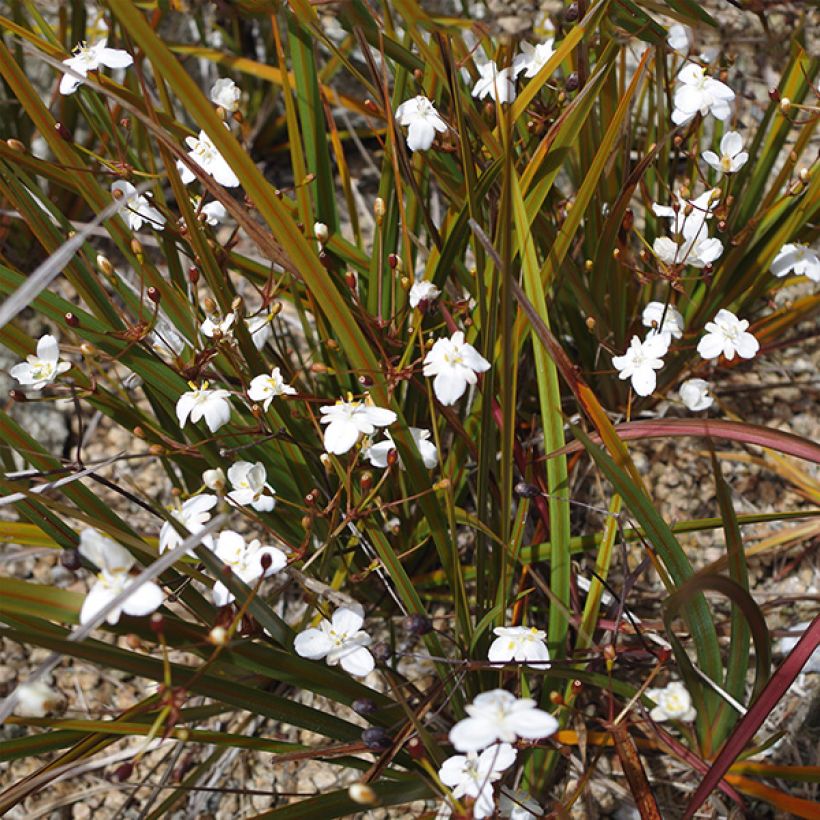

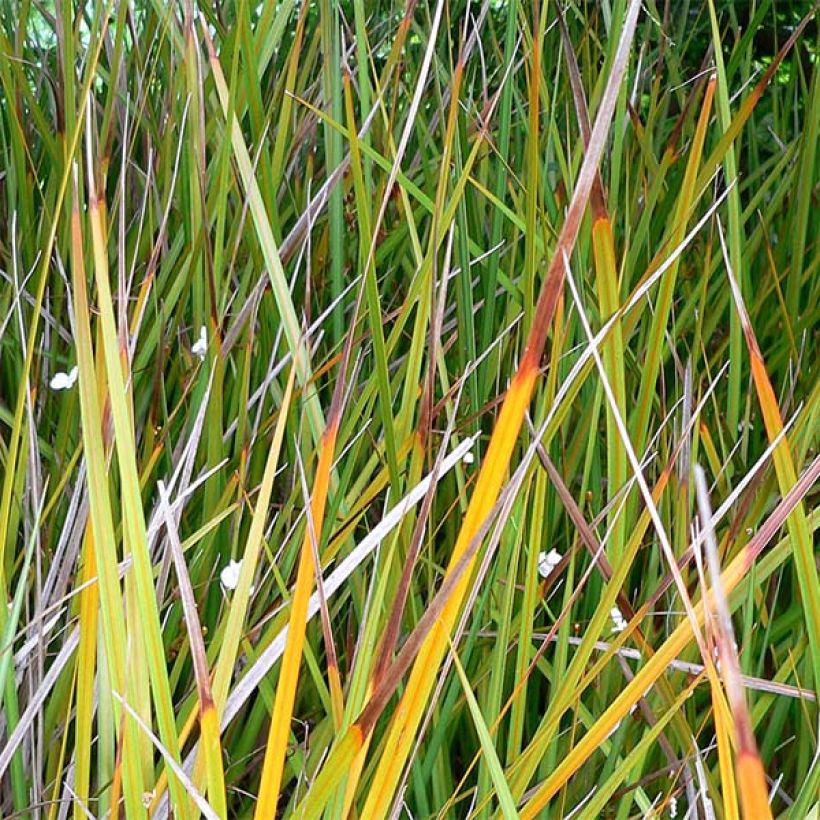

Flowering
Foliage
Plant habit
Botanical data
Libertia
peregrinans
Iridaceae
Wandering Chilean Iris
Oceania
Other Perennials A to Z
View all →Planting and care
Libertias love coastal regions with high atmospheric humidity if the soil is not too wet. They can be cultivated without too much difficulty outdoors, provided they are given a warm location; under colder climates, it is necessary to grow them in pots and bring them indoors to a frost-free area. They grow in any good, well-drained garden soil in winter, preferably without limestone.
Planting period
Intended location
Care
Planting & care advice
-
, onOrder confirmed
Reply from on Promesse de fleurs
Similar products
Haven't found what you were looking for?
Hardiness is the lowest winter temperature a plant can endure without suffering serious damage or even dying. However, hardiness is affected by location (a sheltered area, such as a patio), protection (winter cover) and soil type (hardiness is improved by well-drained soil).

Photo Sharing Terms & Conditions
In order to encourage gardeners to interact and share their experiences, Promesse de fleurs offers various media enabling content to be uploaded onto its Site - in particular via the ‘Photo sharing’ module.
The User agrees to refrain from:
- Posting any content that is illegal, prejudicial, insulting, racist, inciteful to hatred, revisionist, contrary to public decency, that infringes on privacy or on the privacy rights of third parties, in particular the publicity rights of persons and goods, intellectual property rights, or the right to privacy.
- Submitting content on behalf of a third party;
- Impersonate the identity of a third party and/or publish any personal information about a third party;
In general, the User undertakes to refrain from any unethical behaviour.
All Content (in particular text, comments, files, images, photos, videos, creative works, etc.), which may be subject to property or intellectual property rights, image or other private rights, shall remain the property of the User, subject to the limited rights granted by the terms of the licence granted by Promesse de fleurs as stated below. Users are at liberty to publish or not to publish such Content on the Site, notably via the ‘Photo Sharing’ facility, and accept that this Content shall be made public and freely accessible, notably on the Internet.
Users further acknowledge, undertake to have ,and guarantee that they hold all necessary rights and permissions to publish such material on the Site, in particular with regard to the legislation in force pertaining to any privacy, property, intellectual property, image, or contractual rights, or rights of any other nature. By publishing such Content on the Site, Users acknowledge accepting full liability as publishers of the Content within the meaning of the law, and grant Promesse de fleurs, free of charge, an inclusive, worldwide licence for the said Content for the entire duration of its publication, including all reproduction, representation, up/downloading, displaying, performing, transmission, and storage rights.
Users also grant permission for their name to be linked to the Content and accept that this link may not always be made available.
By engaging in posting material, Users consent to their Content becoming automatically accessible on the Internet, in particular on other sites and/or blogs and/or web pages of the Promesse de fleurs site, including in particular social pages and the Promesse de fleurs catalogue.
Users may secure the removal of entrusted content free of charge by issuing a simple request via our contact form.
The flowering period indicated on our website applies to countries and regions located in USDA zone 8 (France, the United Kingdom, Ireland, the Netherlands, etc.)
It will vary according to where you live:
- In zones 9 to 10 (Italy, Spain, Greece, etc.), flowering will occur about 2 to 4 weeks earlier.
- In zones 6 to 7 (Germany, Poland, Slovenia, and lower mountainous regions), flowering will be delayed by 2 to 3 weeks.
- In zone 5 (Central Europe, Scandinavia), blooming will be delayed by 3 to 5 weeks.
In temperate climates, pruning of spring-flowering shrubs (forsythia, spireas, etc.) should be done just after flowering.
Pruning of summer-flowering shrubs (Indian Lilac, Perovskia, etc.) can be done in winter or spring.
In cold regions as well as with frost-sensitive plants, avoid pruning too early when severe frosts may still occur.
The planting period indicated on our website applies to countries and regions located in USDA zone 8 (France, United Kingdom, Ireland, Netherlands).
It will vary according to where you live:
- In Mediterranean zones (Marseille, Madrid, Milan, etc.), autumn and winter are the best planting periods.
- In continental zones (Strasbourg, Munich, Vienna, etc.), delay planting by 2 to 3 weeks in spring and bring it forward by 2 to 4 weeks in autumn.
- In mountainous regions (the Alps, Pyrenees, Carpathians, etc.), it is best to plant in late spring (May-June) or late summer (August-September).
The harvesting period indicated on our website applies to countries and regions in USDA zone 8 (France, England, Ireland, the Netherlands).
In colder areas (Scandinavia, Poland, Austria...) fruit and vegetable harvests are likely to be delayed by 3-4 weeks.
In warmer areas (Italy, Spain, Greece, etc.), harvesting will probably take place earlier, depending on weather conditions.
The sowing periods indicated on our website apply to countries and regions within USDA Zone 8 (France, UK, Ireland, Netherlands).
In colder areas (Scandinavia, Poland, Austria...), delay any outdoor sowing by 3-4 weeks, or sow under glass.
In warmer climes (Italy, Spain, Greece, etc.), bring outdoor sowing forward by a few weeks.































